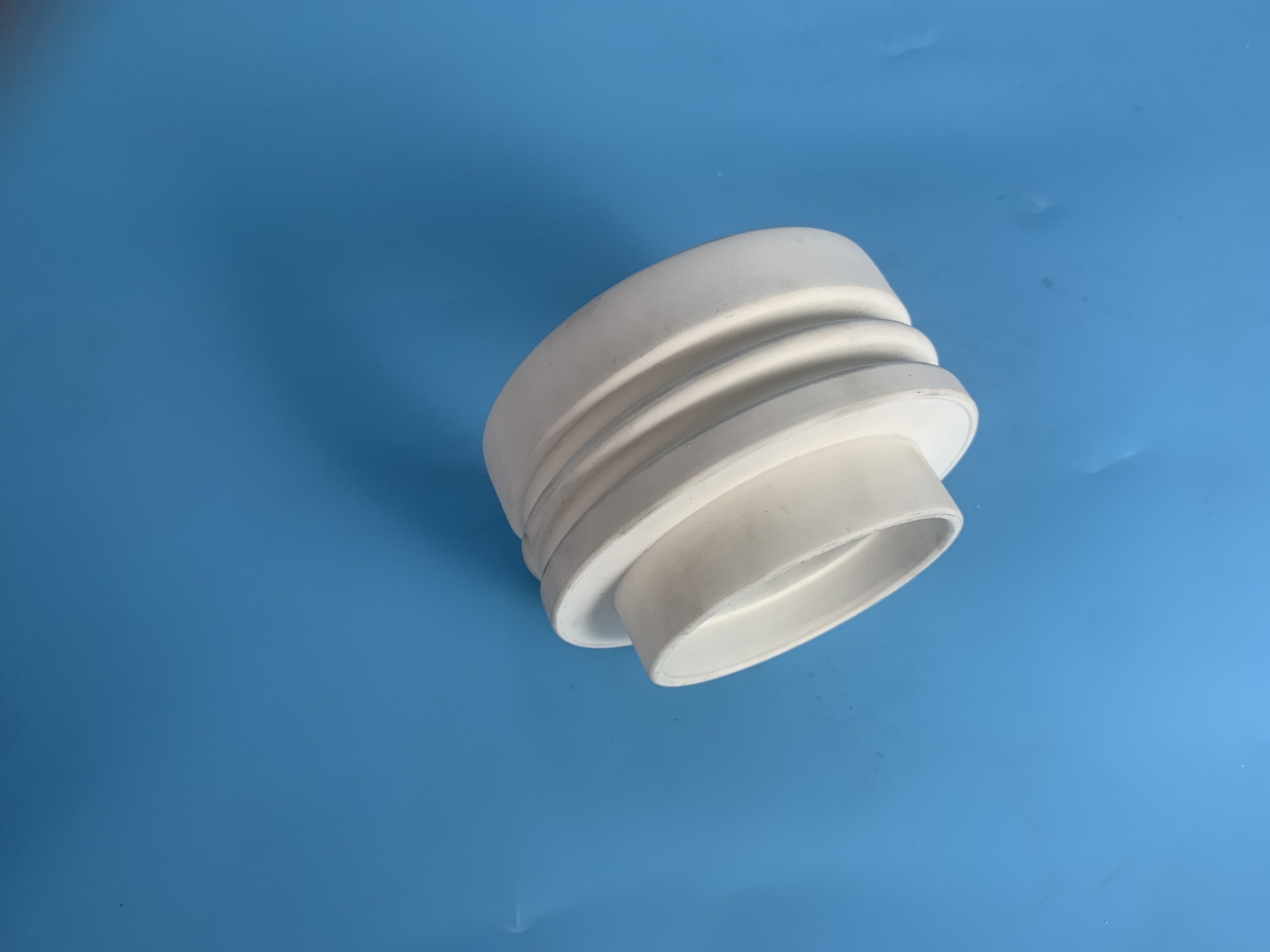
NEWS
The main introduction of electronic ceramics
Release time:
2022-04-24
Electronic ceramics refer to ceramics that can utilize electrical and magnetic properties in the electronics industry. Electrons are a class of ceramics with new functionalities that can be obtained through precise control of surface, grain boundaries, and size structures. It can be widely used in energy, home appliances, automobiles and other fields.

Most sintered materials mainly composed of oxides are widely used in the manufacture of electronic functional components. The production process of electronic ceramics is roughly the same as that of traditional ceramics.
Electronic ceramics, or ceramics for the electronic industry, are essentially different from ordinary electric ceramics in terms of chemical composition, microstructure, mechanical and electrical properties. These differences are formed by a series of special technical requirements put forward by the electronics industry for electronic ceramics, among which the more important ones are high mechanical strength, high temperature and high humidity resistance, radiation resistance, wide range of dielectric constant variation, small dielectric loss tangent, capacitance Adjustable temperature coefficient (or adjustable capacitance change rate), high resistance and insulation resistance, excellent aging performance.
The development of electronic ceramic materials is closely related to the development of physical chemistry, applied physics, silicate physical chemistry, solid physics, optics, electricity, acoustics, radio electronics and other disciplines. , they promote each other. Therefore, with the rapid development of electronic technology, electronic ceramics have made great progress accordingly.
Electronic ceramics By selecting different ceramic components, high-frequency capacitor ceramics with different dielectric constants, dielectric loss tangents tanδ and dielectric temperature coefficients αε can be obtained to meet various temperature compensation needs. The barium tetratitanate ceramic in the table is not only a capacitor dielectric with high thermal stability, but also an excellent microwave dielectric material.
An important microscopic feature of electronic ceramic ferroelectrics is the electric domain structure, that is, ferroelectrics have many small regions that are spontaneously polarized to saturation along specific directions—electric domains. These domains with different orientations are separated by domain walls. Under the action of a relatively strong external electric field, this multi-domain crystal can be forced to align by the electric field and become a single domain. This dynamic process of domain inversion orientation under the action of an applied electric field includes the movement of domain walls and the nucleation and growth of new domains.
Recommend




